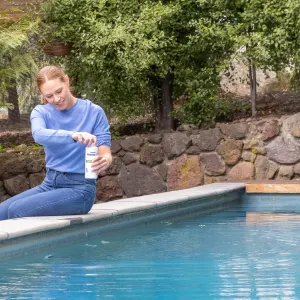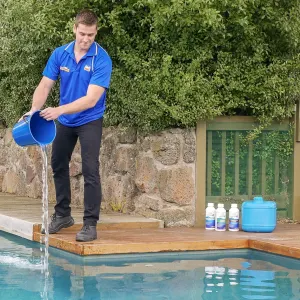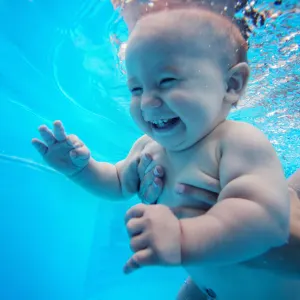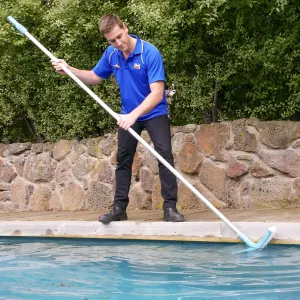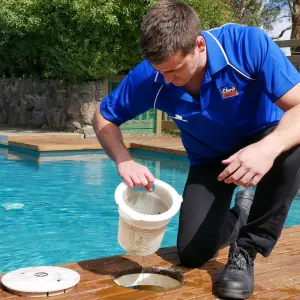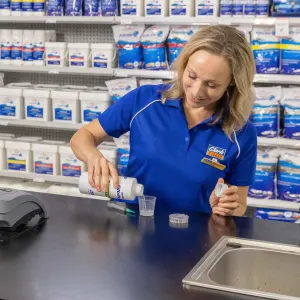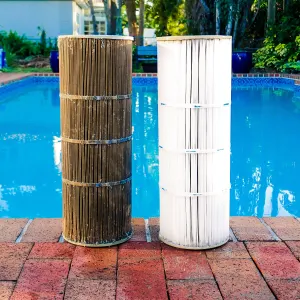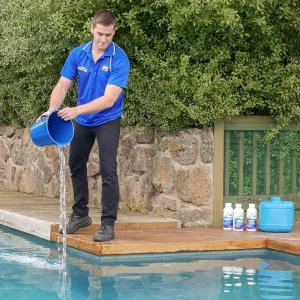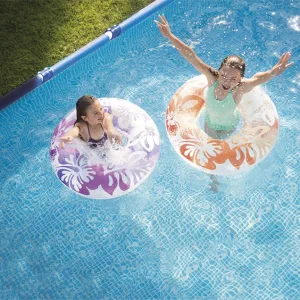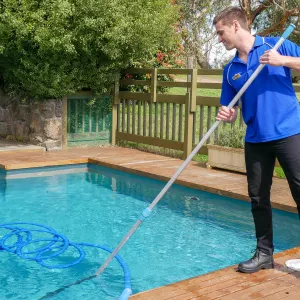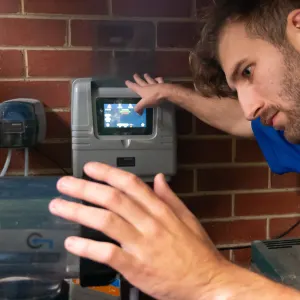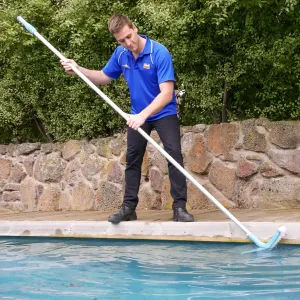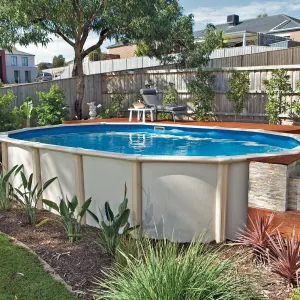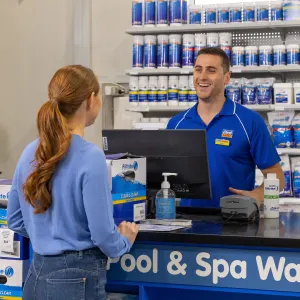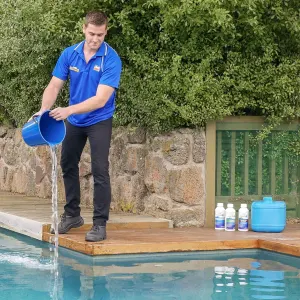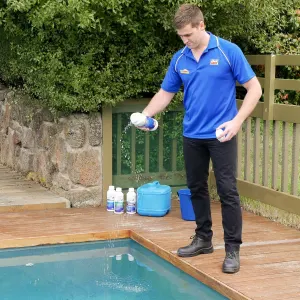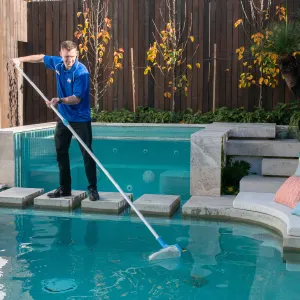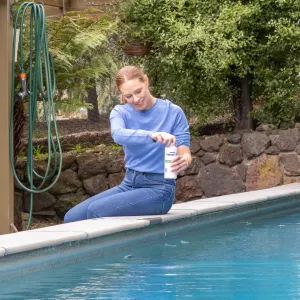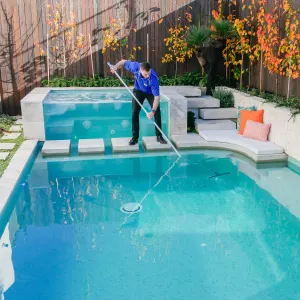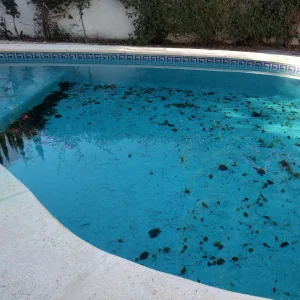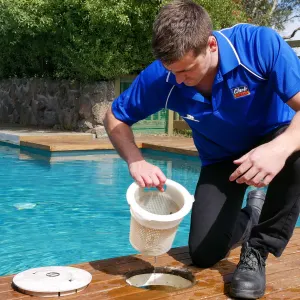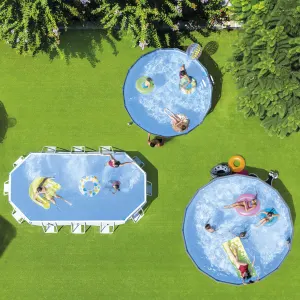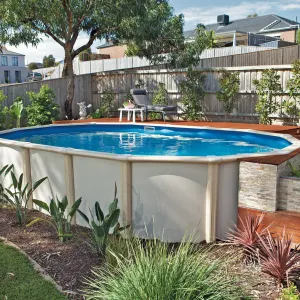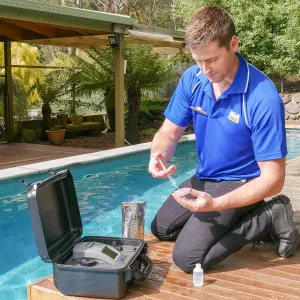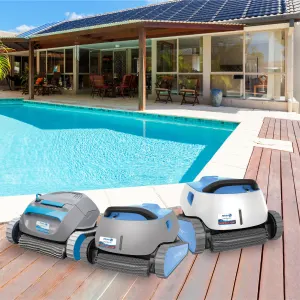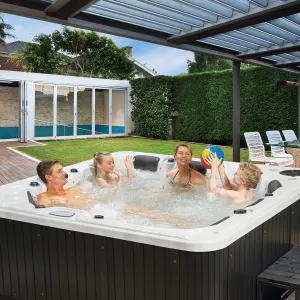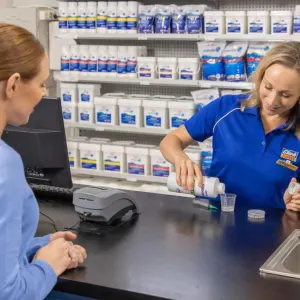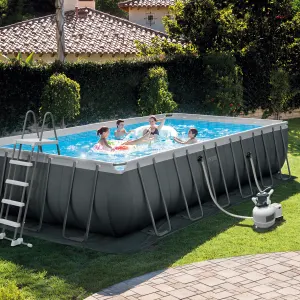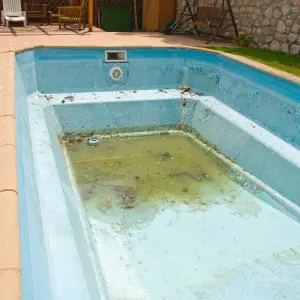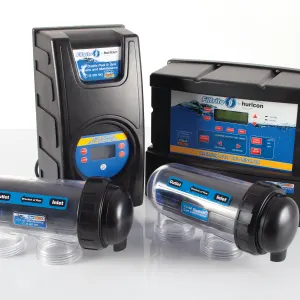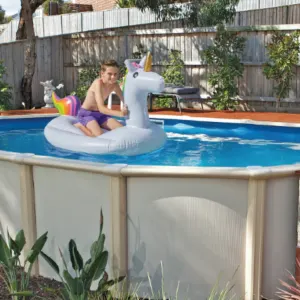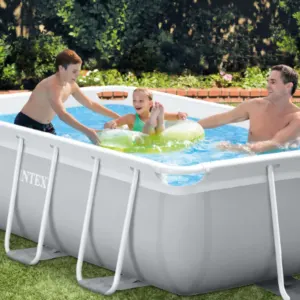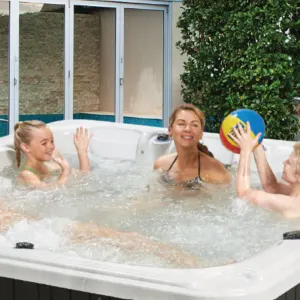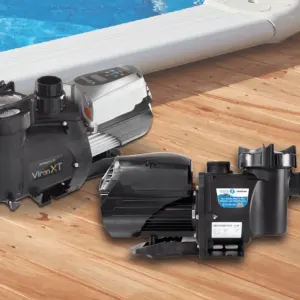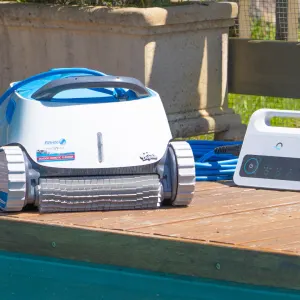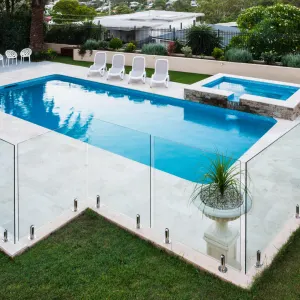4 Causes of a Cloudy Pool
By Clark Rubber | 24th November, 2020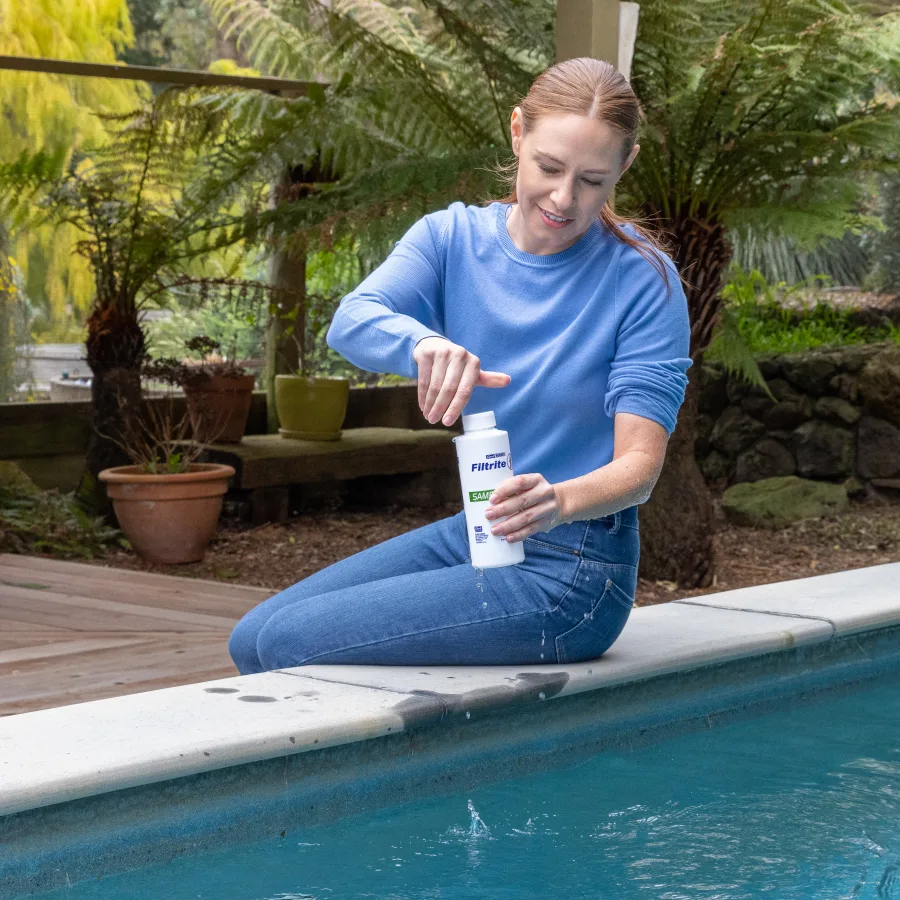
How To Make Your Pool Water Sparkle again
Having a crystal clear and sparkling pool is the cornerstone of a beautiful home and an inviting back yard oasis.
No one wants to have a cloudy pool because its unsightly and uninviting and it can be difficult and time consuming to fix.
So when your pool loses that sparkle and becomes dull, hazy and cloudy it can be disappointing and concerning.
So what causes this to happen?
A dull or cloudy pool can be caused by many factors and it is important to determine the cause. In general the problems are caused by microscopic particles in the water that reflect back light, to become obvious to the eye.
The cause and introduction of these particles is commonly from 4 factors:
- Poor water circulation and filtration
- Poor water chemistry and “balance”
- Poor sanitiser (chlorine) levels
- Contaminants and pollutants entering the pool
In all cases, the best advice for you is to first get your pool water professionally tested to determine if the water chemistry and sanitiser levels are the cause.
Clark Rubber has all of the chemical treatments, information and pool maintenance tips to make sure your pool sparkles all year round.
Find out more about these problems below and how you can treat them.
1. Water Circulation and Filtration:
The purpose of the circulation system is to pass all the pool water through the pool’s filter to ensure the thorough removal of contaminants and debris, to mix chemicals for appropriate water “balance” and to ensure thorough sanitisation.
If the circulation and filtration systems aren’t performing adequately, it could lead to problems resulting in dull and cloudy water.
Poor water circulation
The pool pump drives the circulation system. Here’s a few things to check to ensure that the water is circulating adequately in the pool.
- Check that the pump is functioning properly
- Check that the filter is functioning properly and that it is clean.
- Is the pump running long enough each day to properly filter the water and mix the sanitiser?
- Heavy bather loads may demand longer running times.
- Check that the water level in the pool is correct so it can be sucked-in by the pump and for circulation to occur.
- Check that the skimmer boxes are not blocked and water is able to flow and circulate properly.
If your pool pump is malfunctioning and needs replacing, visit Clark Rubber to shop our range of quality replacements including energy efficient pumps.
A malfunctioning filter
Your pool filter’s task is to remove dirt, debris and unwanted contaminants from your pool water. If your pool water isn’t operating and filtering properly, the water may end up looking cloudy and dull.
The filtration could be impacted by a dirty media bed inside a sand/media filter, or a dirty and clogged up cartridge filter. In both cases, the filter will require a clean to unclog the filter and improve its function.
If your media filter has been operating for many years with the same media inside it, then it may be time for a full media replacement, which will immediately make improvements to the quality and clarity of your water.
How to clean a dirty pool filter?
If you have a media filter you should first run a backwash, and ensure these are performed whenever the pressure on your pressure gauge rises by around 20kPa.
You can also clean your filter media using a treatment such as Filtrite Filter Cleaner and Degreaser which will rejuvenate your filter by removing built-up dirt, organic contaminants and oils that are embedded in the filter.
If your media filter is old, the best way to restore water quality and water clarity is with a media bed replacement using a high performance recycled glass media.
If you have a cartridge filter you should first remove the internal element (following the manufacture’s instructions) and clean the built-up dirt and debris off using water from a garden hose.
You can also clean your cartridge filter element using Filtrite Filter Cleaner and Degreaser which will assist in chemically removing the dirt build-up from the material.
An old cartridge filter may have so much imbedded dirt and debris that it cannot be thoroughly cleaned, and you may simply require a new replacement element to improve the quality and clarity of your water.
2. The Water chemistry and “Balance” of the Pool
Incorrect water balance
Water balance is important as it ensures that the mineral content of the water is appropriate to protect the pool surfaces and equipment, and ensures the water is clear and comfortable to swim in.
As a pool owner you should understand the importance of maintaining the correct water “balance” and when it is unbalanced, the chemical changes may lead to a pool that is dull, hazy and cloudy.
- High pH:
If the pH of the pool water is high, (i.e. above 7.6) then the water may become scale-forming, and certain insoluble mineral deposits may be produced, leading to issues with the water clarity and with bather comfort.
- High Total Alkalinity (TA)
High Total Alkalinity levels in your pool means that the water becomes more Alkaline and scale-forming.
The pH of the pool becomes more difficult to stabilise and when the pH is high, the water may become cloudy.
If you have tested the water and found the pH or Total Alkalinity to be high, you can treat the water with:
- Filtrite Dry Aid (Sodium Bisulphate).
- Filtrite Liquid Pool Acid
NOTE - Dosage rates vary depending on the pH level starting point.
- Calcium Hardness
The Calcium Hardness is another important level in your water balancing that may affect the clarity of the water. High Calcium causes unsightly scale formation and can cause the water to become cloudy.
Calcium levels can be impacted by the sources of top-up water if, for example, it comes from a lime-rich underground bores or dams.
Calcium can become more problematic with high temperatures such as after a series of hot days. With higher water temperatures, dissolved Calcium may come out of solution and become a floating and observable particulate.
2. Sanitiser (chlorine) levels
Not enough sanitiser:
When you have an increase in bacteria, pathogens and contaminants in your water, the demand for sanitiser (generally chlorine) will increase and the Free/available chlorine levels can fall.
If you do not have enough sanitiser to control the contaminants, then not only will the water become unsafe, it may also allow for algae blooms to occur which may first appear as a hazy appearance to the pool water.
How to fix low chlorine levels? Get a free professional water test at Clark Rubber to determine your current levels and get advice. You may need to “shock” your pool with an oxidiser or chlorine, after which you may need to rebalance your pool.
Too much Calcium Hypochlorite:
Sanitisers such as Calcium Hypochlorite are in the form of a white, granular substance that needs to be dissolved in pool water.
If too much Calcium Hypochlorite is used, it is possible to make the water scale-forming and to cause cloudiness if not all of the Calcium dissolves in the water.
How to fix high Calcium Hypochlorite levels? Get a free professional water test at Clark Rubber to determine your current levels and get advice. You may need to partially drain the pool and refill with fresh water to dilute the chlorine.
4. Contaminants and Pollutants Entering the Pool
Your pool water may become contaminated from a wide variety of sources that could also lead to cloudiness;
- Environmental:
- Dust and Pollen
- Phosphates and Nitrates from water run off
- Bodily contaminants:
- Human and Pet
- Insects and Ducks
- Sunscreen, Oils and Lotions
- Environmental contaminants:
A common cause of dull, hazy and cloudy pools is environmental contaminants. It’s more difficult to controls these sorts of contaminants as they may be blown into the pool via winds or washed into the pool with the run-off after a heavy rain or flood.
Dust and pollen can be extremely small and may be too tiny for a filter to strain them out. These tiny particles may then float in your pool to dull the appearance. They need to be filtered out to restore clarity.
How to fix a pool with dust and pollens? When you need to remove suspended dust, pollens and contaminants, you can use a clarifier or flocculant treatment. Filtrite Crystal Clear Clarifier causes the suspended particulates to bind together into larger clumps which will then be caught and removed through filtration.
Filtrite Flocculant also causes the particulates to bind together into large clumps which will fall to the floor of the pool. You can then remove the clumps with an automatic pool cleaner or by manually vacuuming the pool floor.
Rain run-off may introduce not only dirt and dust, but also Phosphates from organic matter such as leaves and grass, as wells as fertilisers and garden chemicals.
Phosphates are a food source for algae and if left untreated, high levels of phosphates will lead to a cloudy pool, which will then lead to a green pool.
How to fix high phosphate levels in a pool? To lower phosphate levels first get a free professional water test at Clark Rubber to determine your current levels and get advice on the use of a specialised treatment such as Filtrite Phosphate Eliminator.
- Bodily Contaminants / Not enough sanitiser
As stated earlier in relation to low sanitiser levels, with the introduction to the pool of bodily fluids and wastes from humans and animals, the demand for sanitiser will increase.
It is important to ensure your sanitiser levels are appropriate to combat these bodily contaminants so that the lack of sanitiser doesn’t lead to other problems such as algae formations.
How to fix low chlorine levels? Get a free professional water test at Clark Rubber to determine your current levels and get advice. You may need to “shock” your pool with an oxidiser or chlorine, after which you need to rebalance your pool if necessary.
- Sunscreens, oils and lotions:
Sunscreens, oils and lotions may also be introduced to the pool water via bathers, and especially after heavy use, a build-up of oils may be seen floating as an unsightly slick on the surface of the pool. These oils will give a dull appearance to the water and take away the usual sparkle.
How to fix a build-up of oils in a pool? Filtrite 4 in 1 Clarifier should be used on a regular basis during times of heavy bather use, to prevent the build-up of oils and to keep the pool sparkling.
How to make your pool water sparkle again
To fix a cloudy pool or any other problem with your pool, you can seek professional advice from your local Clark Rubber store.
Simply visit your nearest Clark Rubber store with a sample of pool water. The expert team can run this through a state of the art, 60-second water test and provide a full report, identifying what the issues are. Our staff can then take you through recommendations and will help you find the treatments you need to make the pool healthy and sparkling again.
How to Maintain a Sparkling Pool
Once a pool is sparkling again, it will require ongoing maintenance to ensure it stays that way. This will entail using regular sanitiser treatment and getting regular pool water tests from your nearest Clark Rubber store, as well as checking and cleaning your filter.
Use Filtrite 4 in 1 Clarifier regularly and Filtrite Phosphate Eliminator is also an essential part of keeping your pool in great condition.
If you don’t have the time to maintain your pool..
It is important to maintain the health, cleanliness and sanitisation of the pool, but if your busy life doesn’t give you the time, or if you’re simply feeling overwhelmed by the entire process, a Clark Rubber professional can regular maintain the pool for you. You can contact your store or book a service on line.
Cause | Water test required | Action |
High pH | √ | Treatment to lower pH |
High Total Alkalinity (TA) | √ | Treatment to lower TA |
High Calcium | √ | Dilute pool water or use Calcium Sequestrant |
High Sanitiser (Calcium Hypochlorite) | √ |
|
Low sanitiser | √ |
|
Filtration & Circulation | √ |
|
Prevention is better than the cure:
| Treatment | When |
To prevent algae blooms | Regularly shock the pool
| Every or when prescribed after a water test |
Use a Phosphate remover | Every 6 months | |
Use Algygone | Every 3 months | |
Ensure a clear sparkling pool | Regularly shock the pool |
|
Use 4 in 1 Clarifier |
| |
Add a Crystal Clear Clarifier Pill | Before a pool party |
